INTRODUCTION
A warm welcome to our Year 1 medical students. The primary goal of the medical library is to support the research needs of medical undergraduate students by conducting optional information literacy workshops and supplementing you with user guides.
As Year 1 students, you will be exposed to a range of basic research and library skills at your orientation and during your course of study. You will learn how to acquire these basic information literacy, writing and citation skills from a variety of TBL exercises (group learning), self-directed learning and attending optional information literacy organised for you. See figure 1.
Fig 1: Year 1 Key Elements Research & Library Skills, Year 1, Medical Library ©
Global Information Literacy Standards
Information Literacy is important throughout the world and many interesting programs are being developed. Here are a few links on information literacy standards and definitions.
-
ACRL – Information Literacy Competency Standards for Higher Education
-
The SCONUL Seven Pillars of Information Literacy for Higher Education: Core Model
-
IFLA: International Federation of Library Associations Information Literacy Section
Students are encouraged to engage their medical librarians if they require further guidance or wish to have training. Simply, drop us an e-mail at medlib@ntu.edu.sg or contact us at 6592 1990.
ACTIVITY 1: Let us know your research needs better
Complete this survey questionnaire developed for Year 1 students. Your feedback will help us evaluate and understand your research needs.
RESOURCES TO GET YOU STARTED!
- How to search for resources using the NTU Library site? (This guide will get you started with how to search for content on the site and to help you get familiarised with searching)
- Medical Library Survival Guide (Here is a list of ten tips to get you started and going!)
- Online resources – Quizzes for revision and exam preparation (Not sure if you’ve covered everything you need to study? Here you can find online quizzes to help you assess your own knowledge of the topic.)
- Research information evaluation tools: radar-test checklist and AACODS Technique (Visit Student Consultation Session page)
- Grey Literature sources
- Click User Guide_Year 1_Info Lit & Writing Skills-2byxquo for PDF version of this page
INTEGRATING LIBRARY & RESEARCH SKILLS WITH MBBS CURRICULUM
Your medical library will guide you to acquire basic information literacy and writing skills using examples of clinical case scenarios from your Year 1 textbooks (Refer to Year 1 e-books from our Pinterest webpage). We want to educate our students to see the link between basic library, research and writing skills as an integrative approach to their Year 1 MBBS curriculum (see Fig 2 below)
Years 1 and 2: Integrated Science in a Medical Context
Fig 2: Curriculum integration with research and library skills (Adapted from: LKC Medicine Curriculum MBBS, Year 1)
SEARCH STRATEGY CYCLE FOR AN EFFECTIVE LITERATURE REVIEW
Here’s the search strategy cycle you could refer to when performing a literature review for your research question. See Fig 3 for more information.
Fig 3: Search Strategy Cycle for Literature Review, Medical Library ©
There are accompanying descriptors for students to understand each stage better. To apply the use of this framework, refer to activity 2. An exercise question is given based on the cardiovascular system (coronary heart disease). Questions are posed and accompanied with librarian tips for students to experience basic search skills and basic writing skills from these activities.
You need to know:
(1) What is Medical Subject Headings (MeSH)?
A MeSH term is a medical subject heading, or descriptor, as defined in the MeSH thesaurus
MeSH (Medical Subject Headings) is the (U.S.) National Library of Medicine’s controlled vocabulary thesaurus. It consists of sets of terms naming descriptors in a hierarchical structure that permits searching at various levels of specificity
MeSH descriptors are arranged in both an alphabetic and a hierarchical structure. At the most general level of the hierarchical structure are very broad headings such as “Anatomy” or “Mental Disorders.” More specific headings are found at more narrow levels of the eleven-level hierarchy, such as “Ankle” and “Conduct Disorder.” There are 22,568 descriptors in MeSH. (Adapted: https://www.ncbi.nlm.nih.gov/mesh)
Go to the tutorial : https://www.nlm.nih.gov/bsd/disted/meshtutorial/introduction/
Refer to these resources for further reading:
- http://learntech.physiol.ox.ac.uk/cochrane_tutorial/cochlibd0e914.php
- https://learn.nlm.nih.gov/rest/training-packets/T0042010P.html
(2) What is PICO model?
Refer to the EBM Approach – Step 1 for more information about the PICO. You can also watch these short EBM videos conducted by Professor Paul Glasziou from the University of Oxford’s Centre for Evidence-Based Medicine (CEBM).
EBM video 1: Formation of PICO, PO and PO questions.
Source: [Evidence-Based-Education]. (2009, September 22). Evidence-Based Medicine in Practice – Appraisal of Clinical Trials #1. [Video File]. Retrieved from https://www.youtube.com/watch?v=QsIYwWwi_r4.
EBM video 2: Feasibility of introducing evidence-based techniques into normal medical practice.
Source: [Evidence-Based-Education]. (2009, September 17). Evidence-Based Medicine in Practice – Appraisal of Clinical Trials #2. [Video File]. Retrieved from https://www.youtube.com/watch?v=xLS1ng6D32Y&t=16s
Refer to these resources for further reading:
- http://researchguides.uic.edu/c.php?g=252338&p=3954402
- http://lane-local.stanford.edu/portals/shc.html
- http://researchguides.ebling.library.wisc.edu/ebm
TEST YOUR SEARCH SKILLS. GIVE THIS EXERCISE A TRY!
ACTIVITY 2: LIPOPROTEINS AND RISK OF CORONARY HEART DISEASES
"Explain the difference between Low Density Lipoproteins (LDL) and High Density Lipoproteins (HDL) and risk of coronary heart disease". (Source: Medical Physiology. Principles of Clinical Medicine - Rodney A. Rhoades; David R.Bell. Publication: 2013).
(a) What are the MeSH terms identified for this topic?
Library Tips to approach part (a):
- Use the MeSH on demand tool. Copy and paste the question in the text box. See results for key concepts.
- Identify the synonyms for each key concept.
- You can create a simple table shown below to organise your key concepts and synonyms.

Table 1: Key concept and MeSH terms Matrix
(b) How do you conduct your search using a medical database (e.g: Medline -Ovid)?
Library Tips to approach part (b):
Medline (Ovid) & CINAHL
- Select Ovid MEDLINE (R) from 1946 to present
- Conduct a basic search – (e.g; type LDL and HDL and Coronary heart disease). See results. Select articles. Read and review.
- Attempt to search for relevant articles from at least 2 medical databases – Medline OVID & CINAHL
- Click here to Advanced Search Ovid tutorial
- Click here to CINAHL/MeSH Headings Feature in EBSCOhost – Tutorial
(c) How many relevant articles did you retrieve? How do you evaluate them?
Library Tips to approach part (c):
- You can view relevant articles from the MeSH browser (key concept search). See picture below.
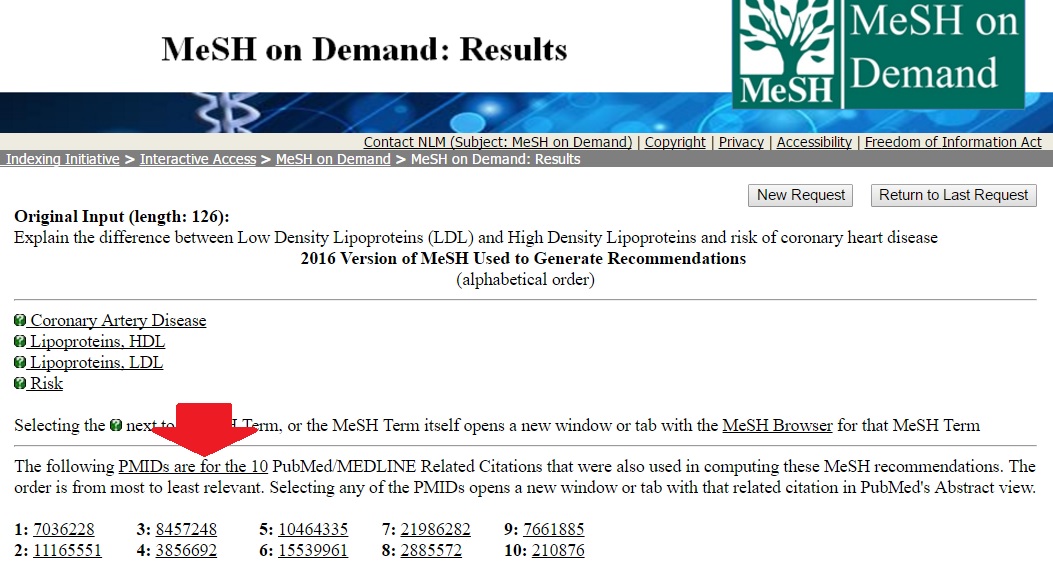
- For example you selected this article: HDL-A molecule with a multi-faceted role in coronary artery disease. [Review] from Medline-OVID. You will only see the abstract.
- For full text article, select on the Findit@NTU icon (right). You will see the links given to retrieve full text PDF / online article. See picture below.
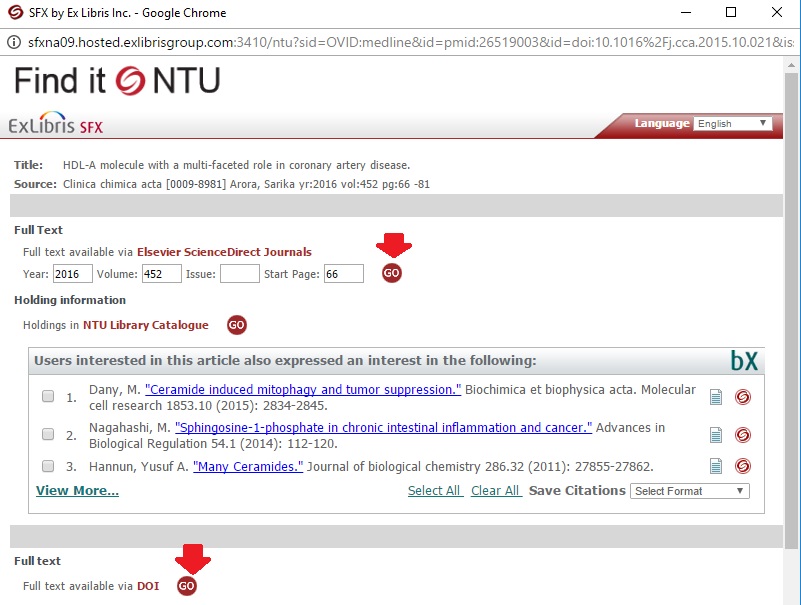
- Use the radar-test checklist to evaluate the quality of the article. You can do this for 1 article as a first time experience.
- Locate 1 grey literature source (e.g.: MOH – Screening for cardiovascular disease and risk factors). Use the AACODS technique to evaluate information.
- Refer to the Student Consultation Sessions How do you search for Grey Literature?
- Refer to the Student Consultation Sessions page for Evaluations tools for Grey Literature
(d) How do you write your answer using at least 5-7 selected articles? (Hint: Limit answer to less than 500 words)
Library Tips to approach part (d):
- Read information presented by the top 3 medical schools from the world
- Review the information from selected 5-7 articles. Paraphrase information to avoid plagiarism.
- Review the answer found from original source (Medical Physiology. Principles of Clinical Medicine – Rodney A. Rhoades; David R.Bell. Publication: 2013) to see the style of writing to match basic level of clinical reasoning skill.
- Spend some time reading materials about paraphrasing and plagiarizing from top 3 medical schools in the world
- Harvard University – ‘What constitutes plagiarism?’
- University of Oxford – Plagiarism
- University of Cambridge – Avoiding plagiarism and falsification
Additionally a good read from Imperial College London – Plagiarism awareness.
BONUS CLIP! Avoiding Plagiarism: Writing With Integrity
Watch this video by Dr Candace Hastings from Texas A&M University on how to avoid plagiarism
Source: [tamuwritingcenter]. (2015, Feb 28). Avoiding Plagiarism: Writing With Integrity. [Video File]. Retrieved from https://www.youtube.com/watch?v=F1S1FZ-bn5E
Any other good writing tips?
- Barnard and Deborah St James are co-authors of Listen. Write. Present.: The Elements for Communicating Science and Technology (Yale University Press; 2012). (Source http://www.medicalpracticeinsider.com/news/4-questions-will-help-hone-your-writing-skills)
- Top 10 good attributes of a good medical writer by SIRO
- The secrets of Science writing by MRC
BONUS CLIP! How do you calculate highly cited journals?
Watch this video on Journal Impact Factor metric – learn how it’s calculated, and how it’s used.
Source: [Web of Science Training]. (2017, June 23). Journal Citation Reports – Journal Impact Factor. [Video File]. Retrieved from https://www.youtube.com/watch?v=ulidYM0ap_A&feature=push-u&attr_tag=xvTpvjYkKUYNP42M-6
HIGHLY RECOMMENDED BOOKS IN NTU LIBRARY
Understanding clinical papers / David Bowers, Allan House, David Owens & Bridgette Bewick. Publication Date: 2014
Winning the publications game : how to write a scientific paper without neglecting your patients / Tim Albert ; foreword by Matthias Egger and Nicola Low. Publication Date: 2009
Learning clinical reasoning [electronic resource] / Jerome P. Kassirer, John B. Wong, Richard I. Kopelman. Publication Date: 2010
Internet research skills : how to do your literature search and find research information online / Niall Ó Dochartaigh. Publication Date: 2007
Improving student information search : a metacognitive approach / Barbara Blummer and Jeffrey M. Kenton. Publication Date: 2014
Prepared by: Rebecca David (Senior Assistant Manager, Medical Library)
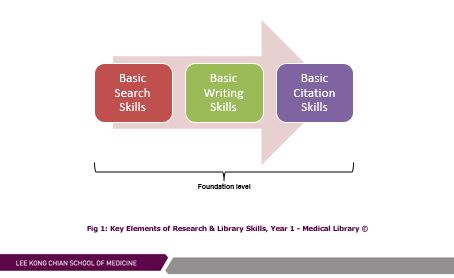

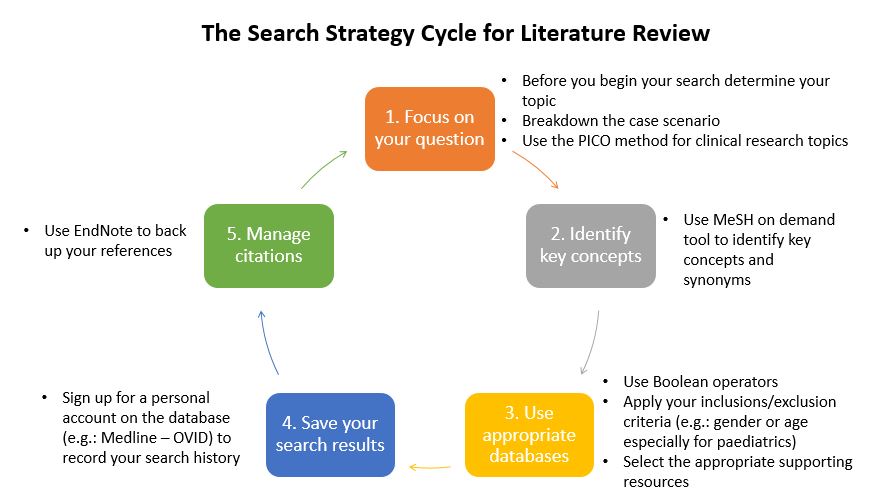

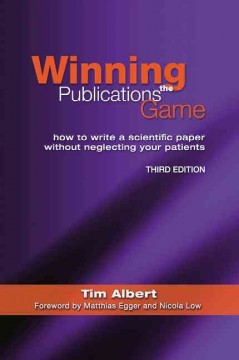
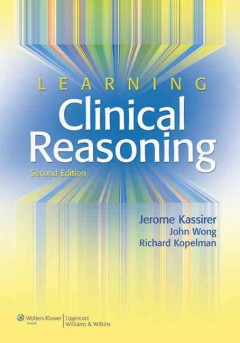
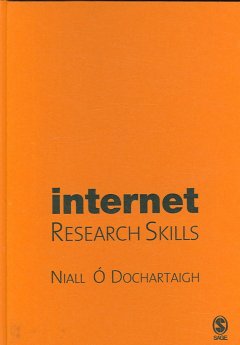
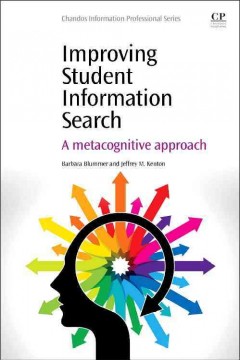
You must be logged in to post a comment.